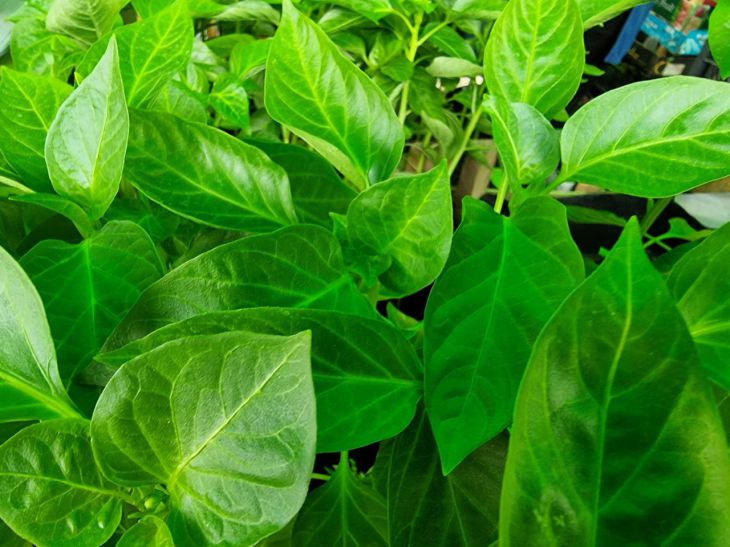Imagine your tomatoes ripening in two weeks instead of a month, and the greenery on your windowsill turning into a dense forest in a matter of days.
Sounds like science fiction? Scientists from the Tokyo University of Agriculture have proven that it is reality.
Their research, published in the prestigious journal Nature Plants, has uncovered a method that Japanese farmers have been using for decades but keeping hidden from the world.

Professor Hiroshi Nakamura , a leading expert in agricultural technology, calls it "a revolution for lazy gardeners."
What's the secret? It's simple: instead of traditional watering, plants receive microdoses of moisture through special clay cones immersed in the soil.
The system mimics the natural conditions of Japanese mountain slopes, where plant roots slowly absorb water from porous rocks.
Experiments have shown that this approach accelerates growth by 40–60%, and yields double.
Don't believe me? Try burying a regular clay pot of water at the roots - you'll see the first results in a week.
But how exactly does this method work? Scientists explain: the clay cones act as “smart” reservoirs.
When the soil dries out, the microscopic pores in the clay begin to release moisture, maintaining the ideal moisture level. This eliminates the risk of overwatering, which kills the roots, and prevents drought.
In 2022, researchers from Kyoto University conducted an experiment with tomatoes.
One group of plants was watered traditionally, the other - through cones. A month later, the first produced 15 fruits, the second - 32. The difference shocked even skeptics.
The secret lies in the composition of the clay. Japanese farmers use a special mixture with volcanic ash, rich in minerals.
Dr. Akira Tanaka , author of Secrets of Asian Farming, states:
“This material not only retains water, but also saturates the soil with potassium and magnesium.”
For home use, regular terracotta pots are suitable. Break the pot into large fragments, soak them in water for a day and bury them next to the roots. The main thing is not to use glazed items: they do not allow moisture to pass through.
Another key aspect is light. The Japanese combine the cone method with reflective foil screens that direct sunlight onto the lower leaves. This speeds up photosynthesis and makes the stems stronger.
In an interview with The Guardian, farmer Yukio Sato shared:
"I used to spend hours watering. Now the plants take care of themselves, and the harvest has tripled."
But there are pitfalls. In regions with high humidity, the method can lead to fungal diseases.
Professor Nakamura advises adding charcoal to the soil: it absorbs excess moisture and disinfects the soil. It is also important to change the cones every 2 years - over time, the pores become clogged with salts.
Why doesn't Europe know about this? The answer is simple: Japanese farmers guarded the secret for decades, fearing competition.
It was only in 2020, after a catastrophic typhoon destroyed crops, that the method was declassified to help restore agriculture.
